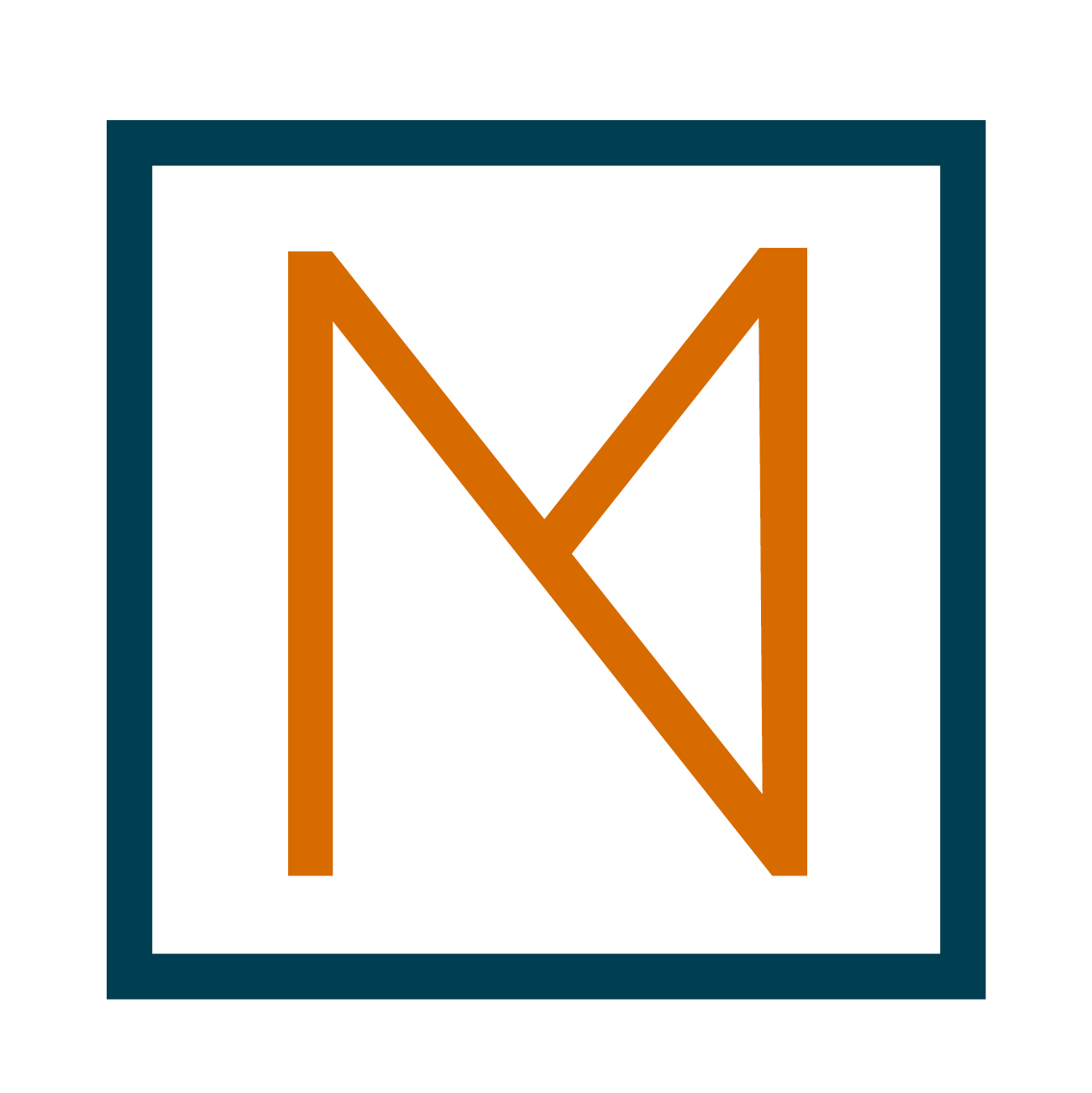The Benefits and Pitfalls of Using AI
First things First…
Before you dive into this blog about AI, we have to be honest about something… we used AI to write it. In the development of this blog, we thought the ultimate test would be to ask AI to write about itself. So we sent a simple prompt with a few key points and this is what we got. We noticed some phrases that anyone who’s been using AI more often will definitely recognize. There was a clear lack of personality and too much corporate jargon that eliminated any authenticity. We couldn’t help but giggle at AI really fighting to stand up for itself in the conclusion paragraph. Our takeaway from this experience is that AI is a great stepping stone, but should not be your final destination. Sometimes you need a robot to organize your human thoughts, and sometimes you need to lend your humanness to the robot. We are at a crossroads of deciding, what do we want to prioritize: convenience or authenticity?
Throughout this article you’ll see highlighted words and phrases that we suggest replacements of at the end. All subheadings were also written by our author.
As artificial intelligence (AI) continues to evolve, it presents a wealth of opportunities and challenges across various domains. From streamlining workflows to enhancing creativity, AI tools have become integral in many industries. However, with these advancements come significant pitfalls that users must navigate. This blog delves into the benefits of using AI, such as its ability to cross-reference documents and clarify information, while also highlighting common drawbacks like photo inaccuracies and the risk of bias.
Making AI Your Intern
One of the standout benefits of AI is its ability to cross-reference documents quickly. In an era where information overload is common, AI tools can sift through vast amounts of data, identifying relevant connections and summarizing key points. This capability is invaluable for professionals who need to stay informed and make data-driven decisions. Additionally, AI can assist in Q&As, providing instant answers to queries, which enhances efficiency and reduces the time spent searching for information.
AI Photos = Nightmare Fuel
However, the use of AI isn’t without its challenges. A common pitfall is the occurrence of "photo flubs." AI-generated images may sometimes lack accuracy or fail to meet aesthetic standards, which can undermine credibility in fields like marketing and design.
Bias in AI
Furthermore, AI can inadvertently perpetuate bias if trained on skewed data sets, leading to outputs that may not be representative or fair. This underscores the importance of ensuring diverse and accurate data when developing AI systems.
Where is your Humanity?
Another critical concern is the lack of creativity, emotion, and personal voice that AI cannot replicate. While AI can generate content and suggest ideas, it often falls short in capturing the nuances of human experience and emotional depth. This limitation can result in work that feels impersonal or lacks originality, particularly in creative fields like writing and art. Moreover, issues related to plagiarism can arise when AI tools produce content that closely resembles existing works, raising ethical questions about originality and ownership.
In Defense of AI
Despite these challenges, the benefits of using AI can significantly enhance productivity. AI can serve as a valuable starting point for brainstorming ideas, clarifying complex copy, and even producing content across different mediums—whether it's text, videos, or photos. Moreover, the diversity of voices from different AI programs allows users to explore various tones and styles, enriching their creative output.
Phrases We Would Change (or just things we have commentary on):
presents a wealth of opportunities and opportunities – a ton of pros and cons
domains - mediums
users - people
delves - dives
standout benefits – most useful aspects
queries - questions
occurrence – nightmare (who doesn’t love a little hyperbole? 😉)
AI-generated images may sometimes lack accuracy or fail to meet aesthetic standards, which can undermine credibility in fields like marketing and design. – AI photos have been known to create unrealistic, inaccurate and sometimes downright scary imagery. We’re talking extra fingers, mysterious disappearing jewelry, and strange extra teeth. Once you start noticing these flubs you won’t look at another photo the same. Our biggest tip: ZOOM IN.
outputs that may not be representative or fair – information that lacks context and the knowledge and empathy of a person living in today’s world
plagiarism can arise when AI tools produce content that closely resembles existing works – when everyone is typing the same general prompts into the same AI programs, we are going to keep spinning in this circle of living in an echo chamber and reading the same phrases over and over again
the diversity of voices from different AI programs - up for debate: does AI have a voice?
enriching their creative output – also up for debate: does the amalgamation of the internet truly result in creativity?




